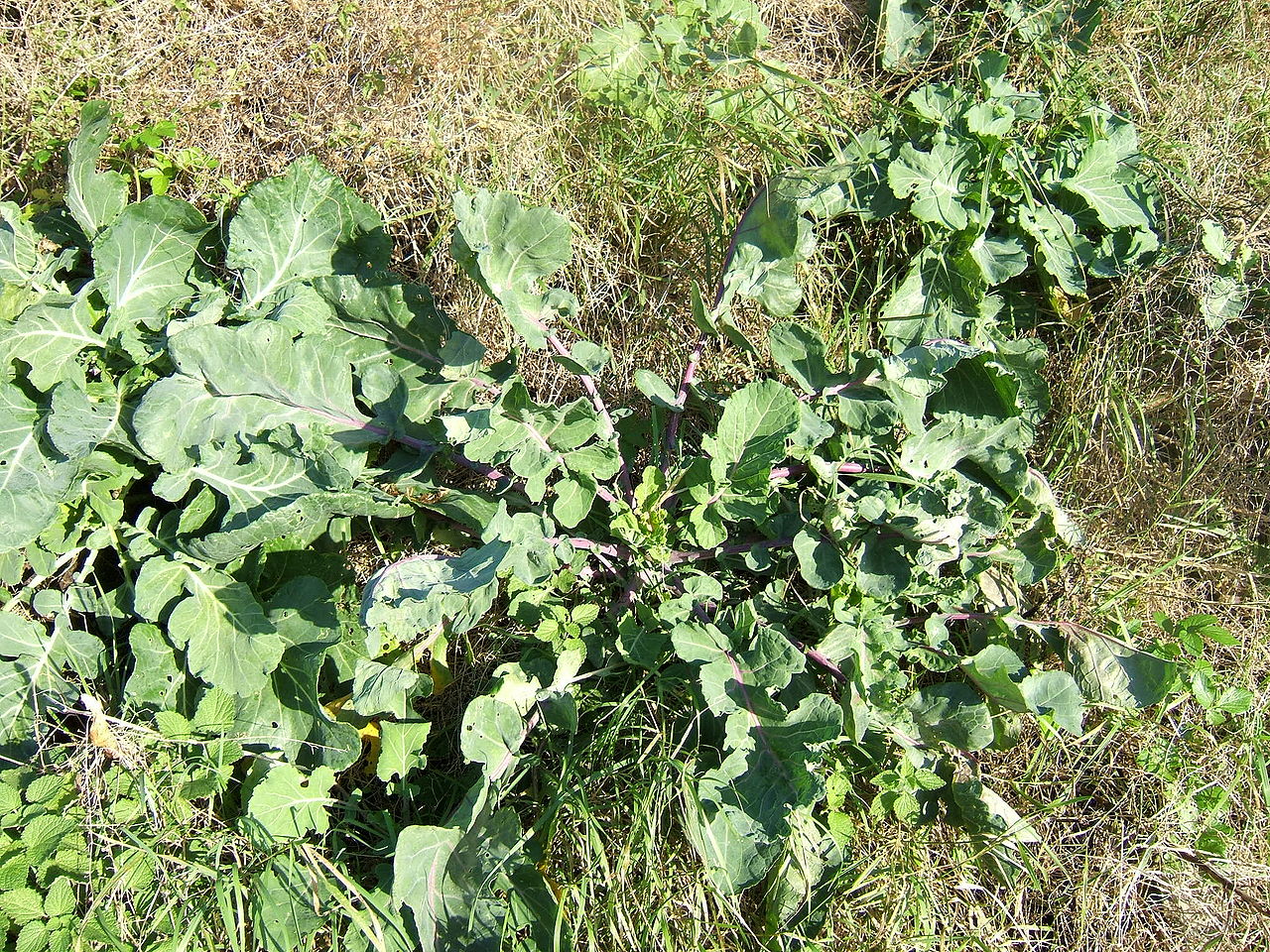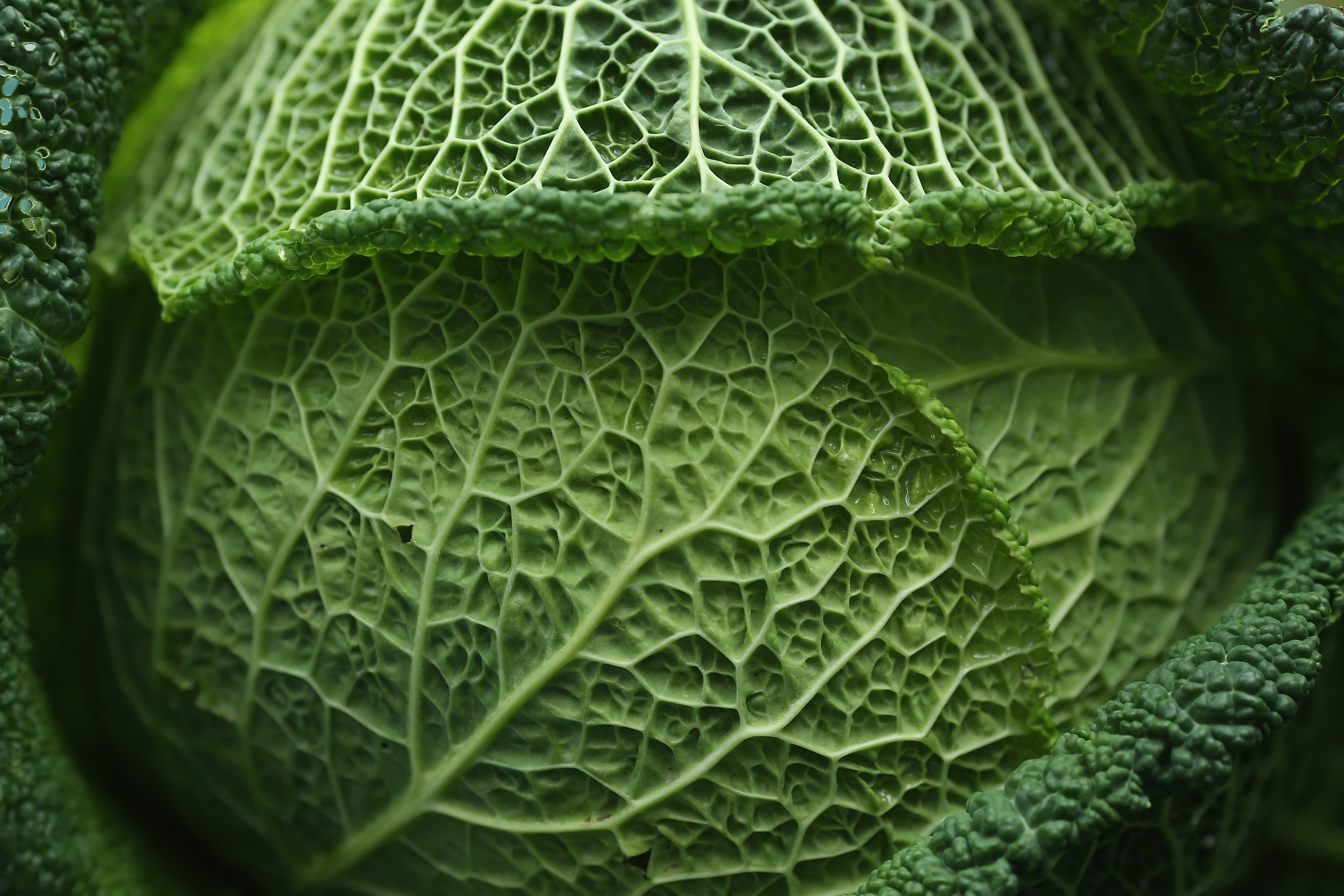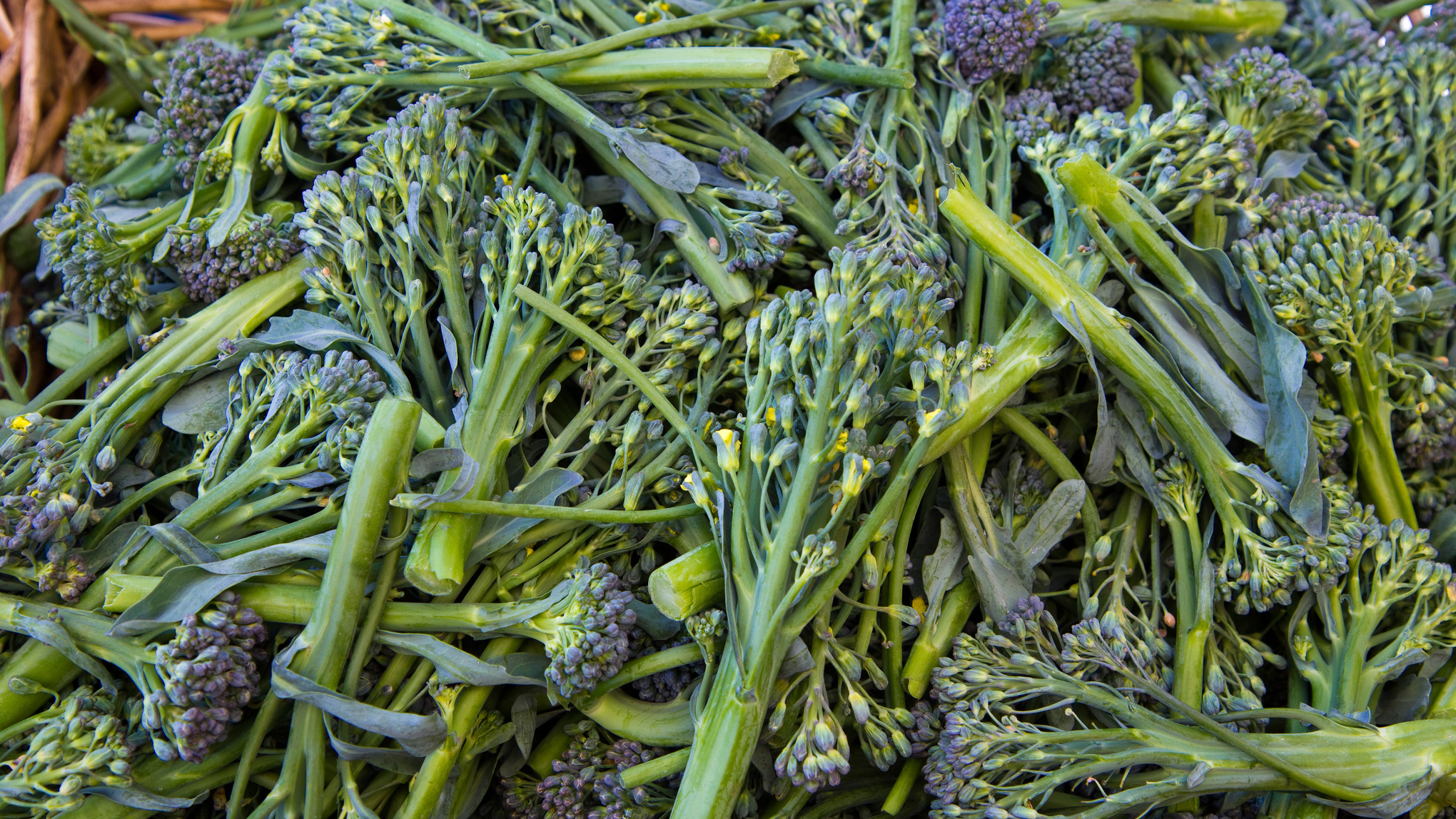/cdn.vox-cdn.com/uploads/chorus_image/image/36582170/146332214.0.jpg)
In some circles, kale has become really, really popular. Once a little-known speciality crop, its meteoric rise is now the subject of national news segments. Some experts are predicting that kale salads will soon be on the menus at TGI Friday's and McDonald's.
Cabbage is a different story. Per capita consumption of it peaked way back in the 1920s, when the average American ate 22 pounds of it per year. Nowadays, we eat about eight pounds, most of it disguised as cole slaw or sauerkraut.
This makes it pretty interesting that kale and cabbage — along with broccoli, Brussels sprouts, cauliflower, collard greens, and kohlrabi, and several other vegetables — all come from the exact same plant species: Brassica oleracea.
:no_upscale()/cdn.vox-cdn.com/uploads/chorus_asset/file/3395076/brassica-oleracea.0.jpg)
How is this possible? About 2500 years ago, B. oleracea was solely a wild plant that grew along the coast of Britain, France, and countries in the Mediterranean. That wild form — which still exists and is known as wild mustard — looks like this:

Wild mustard. (MPF/Wikimedia commons)
In Ancient Greece and Rome, people began growing the plant in their gardens. To maximize the amount of food they got from it, they preferentially planted seeds from plants that grew more leaves, and after many generations, this sort of artificial selection produced a leafy version of wild mustard that looked more like modern-day kale or collard greens.
Later (sometime after the year 1600), farmers selected for variants of the plant that produced enlarged leaf buds in particular. After many generations, this led to plants with huge heads of tightly rolled leaves — plants that we would call cabbage.

Good ol' cabbage. (Dan Kitwood/Getty Images)
Elsewhere, farmers selected for enlarged flowering structures (creating broccoli and cauliflower), enlarged stems (kohlrabi), many small heads (brussels sprouts). This still goes on: in 1993, a Japanese seed company bred broccolini, a hybrid between broccoli and kai-lan, yet another form of this plant species, known as Chinese broccoli.

Broccolini. (eeetthaannn)
Though they're all the same species, these various crops are cultivars — different varieties bred to have desirable qualities for human purposes. Virtually all crops have different cultivars, though B. oleracea are especially diverse in appearance and taste (some speculate this is because the plant grew over a wide geographic area to start, so there was more genetic diversity for farmers to tap in to when selectively breeding).
But B. oleracea is standard in that its domesticated forms are much different-looking and more readily edible than its wild form. Wild apples, for instance, are crab apples, and the wild precursor to corn was a hardened grass with just a few kernels. This also happens with domesticated animals: we pick out the qualities we prize, whether it's the ability to produce lots of milk (dairy cows) or friendliness and loyalty (dogs).
All this speaks to one thing: the remarkable power of human breeding and artificial selection. Changes that would take thousands of years or more to occur via natural selection can occur in hundreds when people are at the controls.